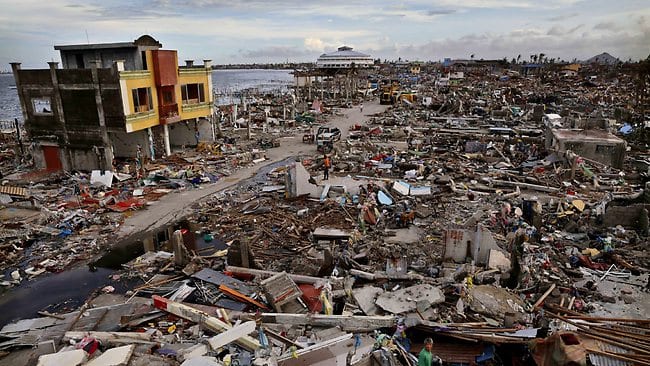
Of course, one cannot compare the typhoon that has left 4,000 dead and 12,000 injured in the Philippines with the tornadoes in the U.S. which resulted in less death and damage this weekend. But the common ingredient is the critical importance of timely information before, during and after a crisis. Natural disasters come quickly. How prepared people are for the onslaught of deadly winds and bad weather is often directly related to how much accurate and timely information they received beforehand.
If ever we doubt the role of governments in providing information, think about what happens if local, provincial, state, federal, national or international information is lacking. An individual with an iPhone is important, but the view is limited. We need the local weatherman and local radio supported by the national weather service. Individuals can assist, but also important is an organized large-scale governmental response, rescue and assistance coordinated by local, state and federal officials with—when necessary—militaries capable of doing the heavy lifting, literally and figuratively.
We need good public diplomacy and public affairs to reach people with good information. That takes resources, training, and professionalism. We need to keep investing in that architecture and personnel today and tomorrow.

